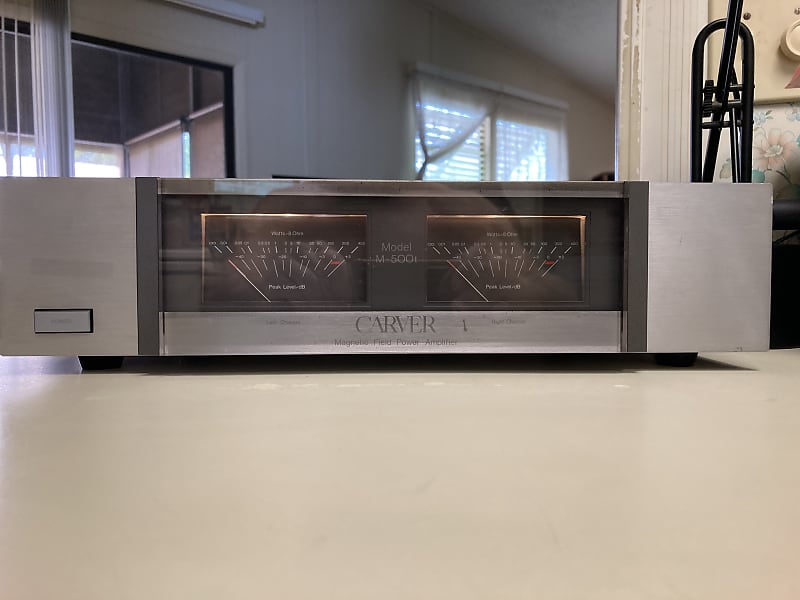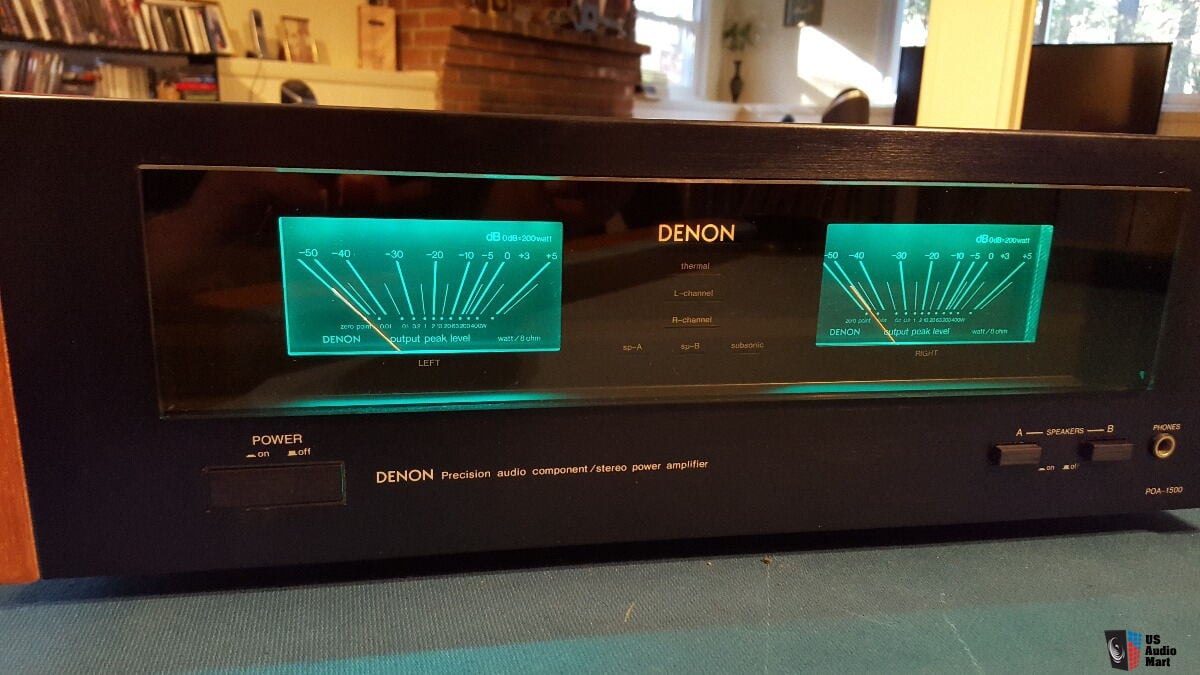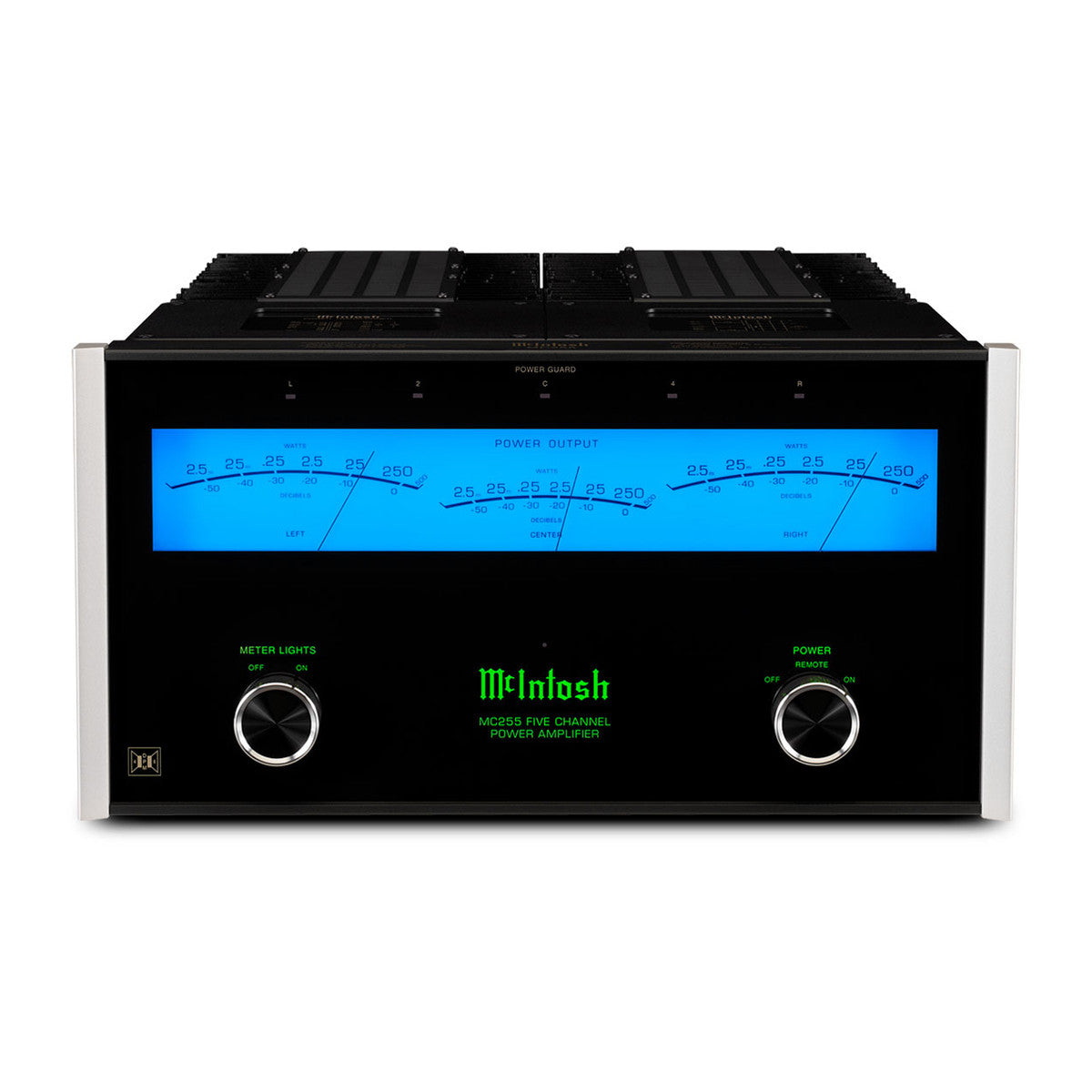-
I'm converting high quality cassette recordings to digital.
I have a cassette machine that I'm playing back on and a digital deck that will do the conversion. Tascam 122 mkIII is my analog playback, Sony PCM will do my digitizing (or go into my computer via digital interface).
My question for anyone who's done this kind of work: What is the best output level on a cassette deck to give the optimum playback signal?
I realize many cassette decks have one set line level output. I'm asking about output levels for a deck with variable output level.
Thanks guys.
-
01-10-2024 06:43 PM
-
I’ve done this kind of thing simply by taking the headphone output from my hi-fi amp and feeding it into the line input on a small digital recorder (a Korg), then just playing around with the amp output volume control and the recorder input level until the recorded signal level is reasonably high without overloading.
I guess I tended to set the recorder input level to about 70% first, then adjusted the amp output volume to suit. All a bit rough and ready, but seemed to work quite well.
-
Yeah that's what I'm going with for now but I'm trying to zero in on that optimum point between weak signal and too much introduced noise in the amplified signal. Probably not perceptible in the difference but since I'm only going to do this once, I want to have the best set up. Measure twice. Cut once. Boy am I glad we're no longer splicing tape with a blade!
 Originally Posted by grahambop
Originally Posted by grahambop
Thanks grahambop. I value your input (and output signal).
-
Headphone output is sub-ideal regarding impedance matching (read sound quality) IMHO. Get an audiointerface that has RCA line inputs or use RCA-jack adapters.
For post-digitization noise-reduction you could use Magix Cleaning Lab or Isotope RX. The latter exists in different versions from basic to pro (if you want to spend money for perfection).
EDIT: This one was also regarded well when I used to visit mastering forums in another life.
EDIT 2: I just realized the TASCAM has balanced XLR outs. It would be a sin not to use those. So get an interface with balanced line inputs, e.g. the Focusrite Scarlett 2i2 (has balanced jack inputs, so you need two cables with XLR on one side and TRS jack on the other).Last edited by Bop Head; 01-10-2024 at 11:08 PM.
-
Yes when I did this I did not really expect the headphone out to be the best way, but in fact it worked just fine. I digitised some vinyl and cassettes for some friends and relatives, and the final CDs sounded exactly the same as the source material.
Probably the most important factor was that I had a good cassette deck, turntable and amp, and the cassettes and vinyl were in good condition.
-
Sorry I can't be of any help, but damn, just got to love those vu meters !
 Originally Posted by grahambop
Originally Posted by grahambop
: )
-
Of COURSE!!!! Thank you. Yeah I recently moved and all the great connectors are still with my rig at the old place. Just ordered me a splitter. Thank you!
 Originally Posted by Bop Head
Originally Posted by Bop Head
-
I digitized a bunch of cassettes, but it was years ago. My lovely wife donated my Pioneer dual cassette deck and receiver to a church yard sale long ago, so I had to get something else. I bought a small cassette deck with USB out to do the job. It worked well enough, using Audacity to do the job on the computer. Old cassette tapes will never have the best audio quality, so I don't think it helps all that much to overthink the job. I have a lot of music on reel-to-reel tape, which is of excellent quality. I used to put all my LPs on tape, usually doing it on the first play, leaving the vinyl to stay in their covers. I've digitized all of it that I really care about, and it's easy enough using the old Akai tape machine with VU meters and RCA outputs. I haven't fired it up in years, though. I'm not sure what condition the tapes are in after all this time.
-
That TASCAM is one of the best cassette decks ever made. IIRC, the balanced XLR line outs reach a higher level than the unbalanced RCA outs (probably +4 vs -10 dBu). But I’m pretty certain that both outputs have a level control pot (the same one - I don’t remember a separate one for each pair). So you should set that to the highest level that doesn’t overload the input stage of the DAI.
 Originally Posted by Bop Head
Originally Posted by Bop Head
Unfortunately, most of the good entry level DAIs (like the Scarlett) lack input signal level or clipping indicators, so setting levels is purely by ear. The goal is to get within 3 dB on peaks to maximize signal-to-noise ratio while staying below clipping. You can get close to this if you listen carefully to the entire program you want to record for any excessive peaks. If your DAI has a monitor output that’s after the input stage, you can listen through this without having to record.
The reason to listen to the whole thing before recording it is to avoid recording and hearing the distortion after you think you’re done. The alternative is to keep levels a few dB further down. If your equipment is all as good as the 122 (and it’s all in perfect operating condition), there isn’t much noise to worry about. But you asked for “the best”, and that’s as close to clipping as you can get without reaching it.Last edited by nevershouldhavesoldit; 01-11-2024 at 01:13 PM.
-
I don’t know about the whole Focusrite range, but my Scarlett 2i2 has input signal level indicators in the form of illuminated rings around the 2 input controls. As you turn up the input control, where the ‘ring’ starts to change from green to orange, you have more or less reached the optimum level. If it goes further to red, you are likely to get some clipping.
 Originally Posted by nevershouldhavesoldit
Originally Posted by nevershouldhavesoldit
-
Lol, beyond the inevitable noise on the cassette tapes themselves.
 Originally Posted by nevershouldhavesoldit
Originally Posted by nevershouldhavesoldit

-
I'm pretty sure those are digital signal level indicators for the digital side of the ADC. They are not clipping indicators for the incoming analog signal. Per Focusrite, "...green indicates an input level of at least -24 dBFS (i.e., ‘signal present’), the ring then turns amber at -6 dBFS to indicate that the signal is close to clipping, and finally to red at 0 dBFS (digital clipping)". The dBFS scale is only used for digital signals and measures "decibels below full scale", where full scale is the highest level the digital circuitry can put through before digital clipping. This is not the same as analog clipping of the input signal. The gain controls on the Focusrite control the gain of the digital (output) stage of the ADC. As far as I know, they have nothing to do with the analog input signal level they're digitizing.
 Originally Posted by grahambop
Originally Posted by grahambop
The first stage to be hit by the incoming audio signal is the analog input stage in the ADC (analog-to-digital convertor). That's the stage to which I refer. If you overload it with the incoming signal, you'll get distortion even if the gain controls are set near the bottom of their range. Many mixers have clipping indicators to show that the input signal is too hot and is being clipped by the input stage. But I've not seen it on many of the DAIs we typically use. Here's a good piece on this from Sound on Sound. This is also a problem in analog chains - if the input signal is too hoot, nothing you can do will fix that further in the chain. You have to control the input signal at the source unless there's an input attenuator in the stage that's being overdriven (preamp, amp, ADC etc).
-
Well I’ve never had any problems with it, but any line signal I feed into it will be coming from a source that I can control anyway. I tend to be fairly cautious about such things, so I’ll probably start with a lower input signal then adjust accordingly. You just get to know what are the best levels to use, after a while.
-
Hi. I used to digitize my casettes using Tascam 122 mk3 through balanced outs into audio interface Behringer UMC1820 or into RME ADI-8 Pro.
 Originally Posted by Jimmy blue note
Originally Posted by Jimmy blue note
I employed Audacity and used its peak level meters to monitor and prevent clipping. As casettes may vary in the recorded signal level, I do 'prescreening', i.e. i play some longer parts of the casette, without actually recording in Audacity, but monitor the peak meters and adjust output level of the Tascam so that during loudest parts of the recording the Audacity meters reach close to maximum levels but do not clip.
You have not mentioned the type of your Sony PCM. I understand yours has line inputs, either balanced +4dBu or unbalanced -11dBV. You should use the same standard of line connection in both units. Remember basic gain staging rules, high output signal in the Tascam and possibly low gain in the ADC preamps (in case they have gain regulation), which helps reducing noise. If the casette was recorded using a NR, have the NR on during digitization.
If your Sony has only mic inputs, which is common in recorders, a stereo di box should be used.Last edited by msankowski; 01-13-2024 at 03:57 AM.
-
Yeah, those were the fun days!
 Originally Posted by Dennis D
Originally Posted by Dennis D






-
I use a Presonus inferface (A/D Converter) and it has its own level controls. So just balance the output of the deck and the level controls on the AD converter so there is no clipping.
Then, in Audacity check for peaks that might need to be addressed (more common from scratches in records) and then Normalize.
-
PCM-D50
 Originally Posted by msankowski
Originally Posted by msankowski
But I just ordered a Tascam SS CDR-250 N because I've got a WALL of high quality live cassettes (Harvie Swartz Mike Stern and Alan Dawson released on CD from my archives) so I should just do it right. I just moved to a place where I could take all these out of storage and now to set up a digitizing rig.
Yup. That's gonna take me a while. But it's a treasury. Sco, Stern, Kurt, Wolfgang, John A, Mick, Jack Wilkins, Jim Hall all allowed me to set up mics and record them, in the days before I had a digital rig.
Now it's time to deal with bits and pieces.
-
Stellar! I bought one of the first Sony Pro Walkman recorders and loved it for live capture. I had a small battery powered Sony 4x2 pro mixer to use with it and I recorded with a pair of the first Sony electret condenser mics. I still have the mics, but the Pro Walkman was lost by Sony while in for repair a few years after I got it - so they reimbursed me its original cost. But there were no more of them by then, so I moved on to a nice pro portable cassette recorder and I can't remember the brand. I also had a Crown SX724 that I bought new in 1974 and managed to take out for some remote recordings.
 Originally Posted by Jimmy blue note
Originally Posted by Jimmy blue note
I don't have any luminaries in my collection. The coolest recordings of mine that I still have are open reels of my quartet in college. Larry Schneider was a freshman when I was a senior, and he played tenor with me that year. Larry was a major player even then. I played a '60 175DN back then through a B15N, and it still sounds mighty fine to me every time I listen to the tapes.
-
Guys! Guys! Guys!
This thread has been (selfishly) the best thing to me. THANK YOU for your advice and enthusiasm. Keep the comments coming in.
I just finished converting a Jack Wilkins, Harvie Swartz and Akira Tana trio gig from '84 and sent it to Harvie. It's thanks to you guys.
I used the balanced outputs which gave me the cleanest pure signal, and digitized it in my D-50. I'll try the Tascam when it arrives and let you know about the perceptual differences, if any.
Thank you!
-
This Tascam seems to be very capable unit. Using the balanced line outputs and inputs will provide best performance, along with loseless WAV format for recording.
-
The D-50 is a very fine little recorder. The CDR-250 is a great device, but I’d be surprised if it yields appreciably better sound quality. I’ve been using a TASCAM DR-40x for about 2 years now, and I’m still amazed at how good the SQ is.
 Originally Posted by Jimmy blue note
Originally Posted by Jimmy blue note




 Reply With Quote
Reply With Quote







How is the Steve Howe 175?
Today, 05:54 PM in Guitar, Amps & Gizmos